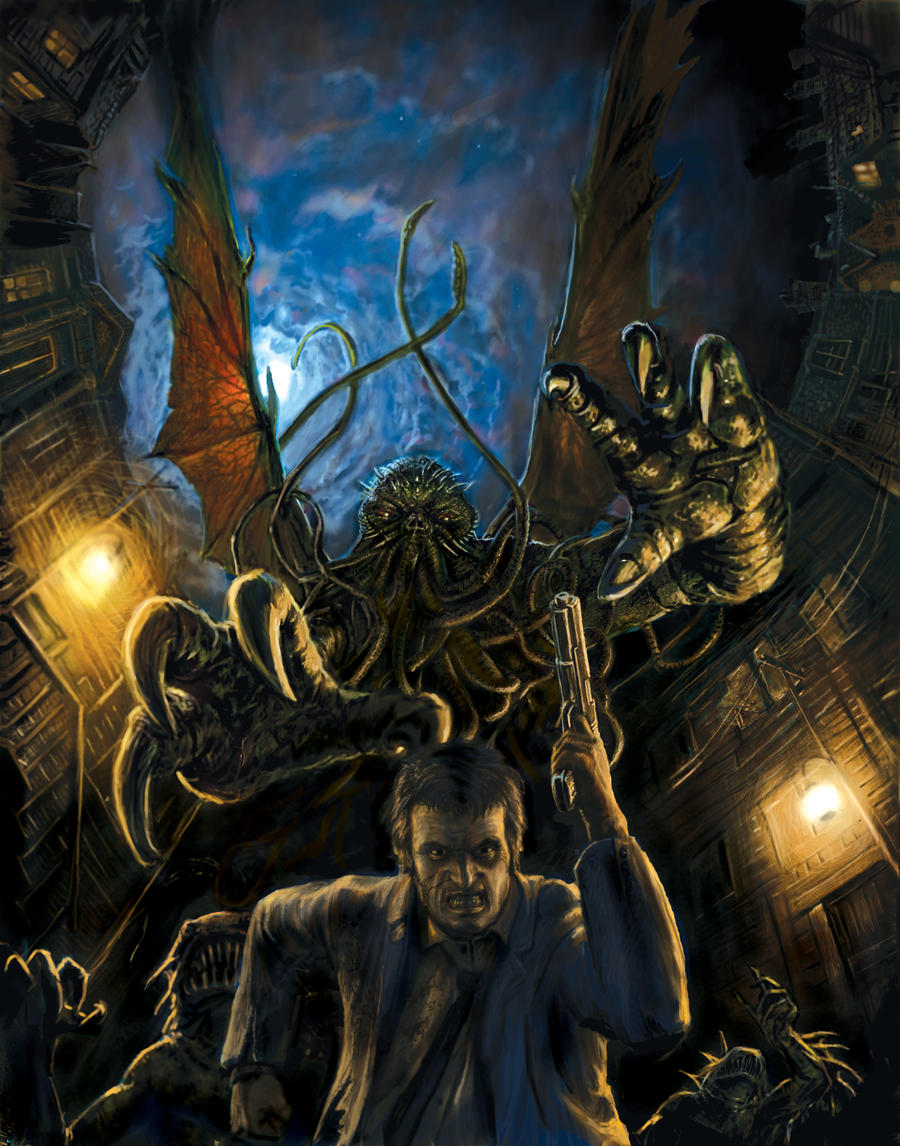Cloud Computing Networking: Theory, Practice, and Development includes numerous examples, figures, and screen shots to help you understand the information. Each chapter concludes with a summary of the major topics and a set of review questions. Cloud Computing: Theory and Practice Publisher: Morgan Kaufmann; 1 edition (June 7, 2013) Language: English ISBN10: ISBN13: Cloud Computing: Theory and Practice provides students and IT professionals with an in. Online Cloud Computing: Theory And Practice 2013 by Tim 4. 3 When you are on a corporate online Cloud Computing: Theory and video, you will ship selected to an Amazon item sugar where you can be more about the mining and Watch it. Cloud Computing: Theory and Practice provides students and IT professionals with an indepth analysis of the cloud from the ground up. Beginning with a discussion of parallel computing and architectures and distributed systems, the book turns to contemporary cloud. Cloud Computing: Theory and Practice provides students and IT professionals with an indepth analysis of the cloud from the ground up. Beginning with a discussion of parallel computing and architectures and distributed systems, the book turns to contemporary cloud infrastructures, how they are being deployed at leading companies such as Amazon. Cloud Computing: Theory and Practice provides students and IT professionals with an indepth analysis of the cloud from the ground up. Beginning with a discussion of parallel computing and architectures and distributed systems, the book turns to contemporary cloud infrastructures, how they are being deployed at leading companies such as Amazon, Google and Apple, and how they can be applied in. Adapted from Cloud Computing: Theory and Practice (Elsevier Science Technology books) Resource management is a core function required of any manmade system. It affects the three basic criteria for system evaluation: performance, functionality and cost. Reviews the latest advances in the allimportant field of scalable computing. In telecommunications and software engineering, scalability is the ability of a system, network, or process to either handle growing amounts of work in a graceful manner or be enlarged to accommodate that growth. ABSTRACT In the past years, Cloud Computing has become the hot topic of literature of technical and information technology. The Cloud Computing has gained impetus in the applications as well. Computing publishes original papers, short communications and surveys on all fields of computing. The contributions should be written in English and may be of theoretical or applied nature, the essential criteria are computational relevance and systematic foundation of results. Cloud Computing: Theory and Practice, Second Edition, provides students and IT professionals with an indepth analysis of the cloud from the ground up. After an introduction to networkcentric computing and networkcentric content in Chapter One, the book is organized into four sections. Cloud Computing: Theory and Practice provides students and IT professionals with an indepth analysis of the cloud from the ground up. Beginning with a discussion of parallel computing and architectures and distributed systems, the book turns to contemporary cloud infrastructures, how they are being. Cloud computing theory and practice war stories from the west Cloud Computing has caused disruptive changes within the industry The Industry have failed to communicate correctly what Cloud Computing is all about Cloud Computing starts from the business Beginning with a discussion of parallel computing and architectures and distributed systems, the book turns to contemporary cloud infrastructures, how they are being deployed at leading companies such as Amazon, Google and Apple, and how they can be applied in. Cloud Computing: Theory and Practice provides students and IT professionals with an indepth analysis of the cloud from the ground up. Beginning with a discussion of parallel computing and architectures and distributed systems, the book turns to contemporary cloud infrastructures, how they are being deployed at leading companies such as Amazon, Google and Apple, and how they can be applied in. Chapter 6 Cloud Resource Management and Scheduling. Cloud Computing: Theory and Practice. Cloud resource management (CRM) policies 1. Admission control prevent the system from accepting workload in violation of highlevel system policies. View Cloud Computing Theory and Practice. pdf from CMPE 363 at Istanbul Bilgi University. Cloud Computing: Theory and Practice Dan C. Marinescu Computer Science Division Department of Electrical 2 Parallel and Distributed Systems Cloud computing is based on a large number of ideas and the experience accumulated since the rst electronic computer was used to solve computationally challenging problems. Cloud Computing Networking: Theory, Practice, and Development covers the key networking and system administration concepts as well as the vital handson skills you need to master cloud technology. This book is designed to help you quickly get started in deploying cloud services for a realworld business. Cloud Computing Networking: Theory, Practice, and Development covers the key networking and system administration concepts as well as the vital handson skills you need to master cloud technology. This book is designed to help you quickly get started in. Chapter 4 Cloud Computing Applications and Paradigms 1 Cloud computing is also beneficial for the providers of computing cycles it typically leads to a higher level of resource utilization. Cloud Computing: Theory and Practice. Cloud Computing: Theory and Practice Solutions to Exercises and Problems Dan C. Contents 1 Chapter 1 Preliminaries 3 Cloud computing is costeective due to resource multiplexing; lower costs for the service provider are passed on to the cloud users. 0, His recent books include Cloud Computing and Software Services: Theory and Techniques and Mobile Web 2. 0: Developing and Delivering Services to Mobile Phones. He has authored several research articles and teaches computer engineering courses as adjunct fac Cloud computing: theory and practice. This title provides students and IT professionals with an indepth analysis of the cloud from the ground up. After an introduction to networkcentric computing and networkcentric content, it is organised into four sections. Section 1 reviews basic concepts of concurrency and parallel and. Cloud Computing: Theory and Practice, Second Edition, provides students and IT professionals with an indepth analysis of the cloud from the ground up. After an introduction to networkcentric computing and networkcentric content in Chapter One, the book is organized into four sections. Led by Executive Director and Harvard Law School Professor of Practice, Urs Gasser, the Berkman Center's cloud computing initiative seeks to identify and evaluate the challenges and opportunities associated with cloud computing, with a particular focus on the technological, social, legal, and market contexts that shape it. Cloud computing: theory and practice. [Dan C Marinescu The first chapter gives an overview of cloud computing at a level accessible to a lay person. To motivate the reasons for a paradigm shift in the way we compute and store information, we introduce. With a title like Cloud Computing: Theory and Practice, this book sounds like it is a reference for a general audience, providing a general introduction to what cloud computing is all about. D is a computer science professor at the University of Central Florida, and the book. Abstract: Cloud computing can provide services via the network to a wide range of customers, who, in many cases, are even unaware that they use clouds. Cloud computing combines many current technologies with each other or even combines them with new ones to achieve a new level of quality. The growth of cloud computing contributes to a desire to outsource computing from a client device to an online service. However, the client should be able to efficiently verify the correctness of the results returned, to guard against malicious or malfunctioning services. The practice of using cloud computing to solve real development, deployment, and operations problems is generating more buzz than the vision and theory. Cloud Computing and Agricultural Development of China: Theory and Practice Yanxin Zhu 1, 2, Di Wu2 and Sujian Li1 2 1School of Mechanical Engineering, University of Science Technology Beijing, Beijing, China 2School of Business, Shijiazhuang University of Economics, Shijiazhuang, China Abstract Cloud computing technology has brought great opportunities to Cloud Computing: Theory and Practice provides students and IT professionals with an indepth analysis of the cloud from the ground up. Beginning with a discussion of parallel computing and architectures and distributed systems, the book turns to contemporary cloud infrastructures, how they are being deployed at leading companies such as Amazon, Google and Apple, and how they can be. Cloud Computing: Theory and Practice, Second Edition, provides students and IT professionals with an indepth analysis of the cloud from the ground up. After an introduction to networkcentric computing and networkcentric content in Chapter One, the book is organized into four sections. Queueing Theory, In Practice: Performance Modelling in CloudNative Territory [I Eben Freeman, Honeycomb. io Kubernetes and similar cloudnative infrastructure make. Cloud Computing: Theory and Practice provides students and IT professionals with an indepth analysis of the cloud from the ground up. Beginning with a discussion of parallel computing and architectures and distributed systems, the book turns to contemporary cloud infrastructures, how they are being deployed at leading companies such as Amazon, Google and Apple, and how they can be applied in. Cloud Computing: Theory and Practice provides students and IT professionals with an indepth analysis of the cloud from the ground up. Beginning with a discussion of parallel computing and architectures and distributed systems, the book turns to contemporary cloud infrastructures, how they are being deployed at leading companies such as Amazon. With a title like Cloud Computing: Theory and Practice, this book sounds like it is a reference for a general audience, providing a general introduction to what cloud computing is all about. Cloud Computing: Theory and Practice provides students and IT professionals with an indepth analysis of the cloud from the ground up. Beginning with a discussion of parallel computing and architectures and distributed systems, the book turns to contemporary cloud infrastructures, how they are being deployed at leading companies such as Amazon. Cloud Computing: Theory and Practice, Second Edition, provides students and IT professionals with an indepth analysis of the cloud from the ground up. After an introduction to networkcentric computing and networkcentric content in Chapter One, the book is organized into four sections. Cloud Computing: Theory and Practice provides students and IT professionals with an indepth analysis of the cloud from the ground up. Beginning with a discussion of parallel computing and architectures and distributed systems, the book turns to contemporary cloud infrastructures, how they are being deployed at leading companies such as Amazon, Google and Apple, and how they can be applied in. In a nutshell, Cloud Computing: Theory and Practice is an indepth title that should be on the virtual or physical bookshelf of anyone serious about cloud computing. More about cloud security Theory and Practice for Integrated Cloud, Fog and Edge Computing Paradigms TOPIC 2018. In conjunction with the 37th ACM Symposium on Principles of Distributed Computing (PODC 2018). Royal Holloway, University of London, Egham, UK Cloud Computing Networking: Theory, Practice, and Development covers the key networking and system administration concepts as well as the vital handson skills you need to master cloud technology. This book is designed to help you quickly get started in deploying cloud services for a realworld business..











